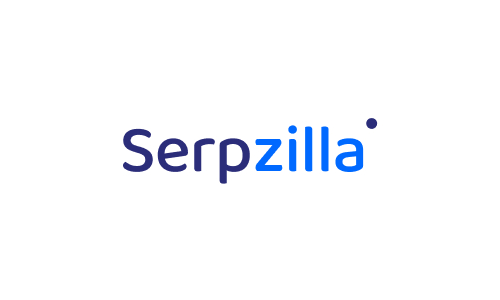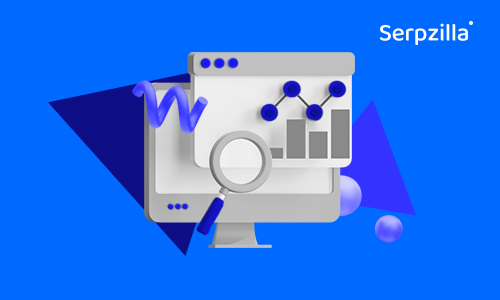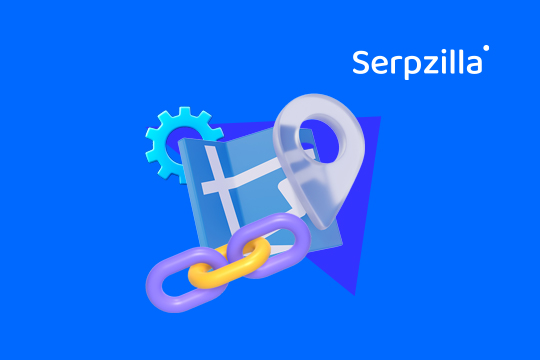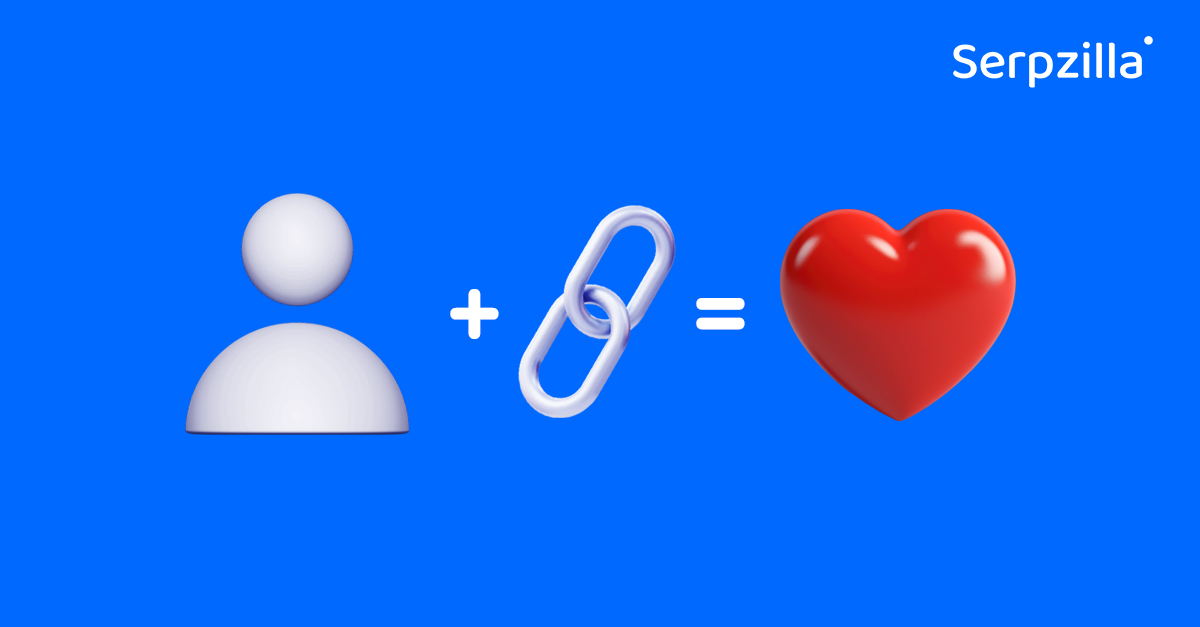Google’s AI Overviews are shaking up the search results page and the way users interact with it. In just a few months since its launch, AI Overviews have changed click-through behavior, triggered the rise of zero-click searches, and shrunk the real estate available for traditional organic listings. For many sites, this has resulted in organic traffic drops even without losing keyword rankings.
This article looks at the latest data, industry studies, and real cases to understand the current impact of AI Overviews. You’ll also learn how to adapt your SEO and link-building strategies to this new reality.
What Are AI Overviews?
AI Overviews are generative AI-powered answer boxes that appear at the very top of Google’s search engine results pages (SERPs). They’re different from featured snippets that pull a direct quote from a single source. Instead, AI Overviews put together information from multiple trusted sites using Google’s Gemini model. What you get then is a short, conversational summary with clickable source links displayed under it.
At this point, AI Overviews are no longer experimental. They’re pretty much entrenched in Google’s search architecture.

Interestingly, Overviews show up most often in informational searches: nearly 9 out of 10 of those queries feature them. This growing footprint means they now directly compete with traditional organic results, ads, and other SERP features for user attention.
How AI Overviews Are Changing the SERP
If you thought winning the number one spot guaranteed traffic, it’s now time to rethink your approach. AI Overviews are steadily grabbing prime screen space. By answering questions instantly, they’re quietly siphoning clicks from even the best-ranked pages.
To understand just how much this changes the game, let’s look at how they affect search results.
1️⃣ Visibility and layout shifts
AI Overviews now occupy the best space on SERPs and push down traditional organic rankings. On top of that, they make paid ads, People Also Ask, and other features less visible, too.
What’s tricky is that the placement isn’t static: Google sometimes experiments with AI Overviews appearing after ads or even mid-SERP. This can shuffle click patterns a lot, and unpredictably so. This means that your content could go from being above the fold to being buried with a single layout test.
Pro tip: Monitor these position shifts and associated traffic changes. Features like Semrush’s Position Tracking or Ahrefs’ SERP updates can help you spot when AI Overviews start taking over your audience’s attention.
2️⃣ SERP feature overlap
When AI Overviews show up, some SERP features stick around, while others almost disappear. Videos, review snippets, and FAQ sections still tend to appear because they give extra context that AI can’t fully cover.
However, ads and shopping results are mostly gone: they appear alongside AI Overviews in less than 1% of cases, according to Semrush research.
For SEOs, this means that it’s smart to create content that fits into those “survivor” features. Adding videos, review markup, or FAQ sections to your pages can help you stay visible even when the AI box takes over the top of the page.
3️⃣ Zero-click trends
Zero-click searches are now rising. And it’s not surprising: AI Overviews often give users exactly what they need, right on the results page. Instead of clicking through to read a full article, people get a neatly packaged answer pulled from multiple sources and often complete with links they may never open. This is especially the case for quick facts, definitions, or how-to steps.
How Top Rankings Lose: Examples of Declining Organic Traffic
The impact of AI Overviews on organic CTR and traffic is nothing short of huge. You’ve just seen how AI Overviews take over valuable screen space, but the real gut punch comes when you look at the numbers. Even brands constantly sitting at the top of the SERP are watching their traffic slide because users never make it past Google’s AI-generated summary.
The media sector is probably taking the hardest hit: news-style queries are often fully answered in these overviews.

Here are just a couple of figures from recent data: Forbes and HuffPost each lost around 40% of their organic traffic. DailyMail is down 32%, CNN by 28%, and both The Washington Post and Wall Street Journal have seen declines of 27% and 17%, respectively.
Publishers aren’t shy about naming the culprit. A Bain & Company study found that over half of them now attribute their traffic declines to users relying on AI-generated summaries. In fact, 30% of users say they prefer getting most of their answers from AI Overviews without visiting a single site.
The same pattern is creeping into other verticals, from health and finance to travel and education.

The message is clear: it’s no longer enough to rank. You have to fight to be part of the AI’s answer, too.
How Google AI Overviews Choose Content
If AI Overviews are the new gatekeepers of organic visibility, the next question is obvious: how do they decide who gets through the gate?
As is now obvious, plenty of #1 results never make it into the AI box. At the same time, lower-ranked pages sometimes do. That’s because Google’s generative summaries operate on a different set of priorities, ones that blend traditional SEO signals with AI-specific trust factors. Understanding these hidden rules is the first step to reclaiming visibility in this new SERP hierarchy.
Here’s what Google prioritizes for AI Overviews:
- Trusted sources. AI Overviews pull from multiple indexed sites. They focus on relevance, EEAT signals (experience, expertise, authoritativeness, trustworthiness), content freshness, and domain authority.
- Information-rich formats. Informational formats dominate here. Think of content types like definitions, “how-to” guides, and FAQ-style pages — they are most often selected by AI algorithms.
- Structured formatting. Content that’s clearly organized with headings, bullet points, numbered lists, and tables tends to get picked more often. It’s easier for AI to extract and summarize key points.
Bottom line: Pages that already provide quick, structured answers are at the highest risk of being summarized without a click-through. Research confirms this: Blue Interactive Agency found that short-form content, lightly optimized FAQs, and thin blog posts are among the most likely to be replaced by AI Overviews.
Why Link Building Matters for AI Overviews
So, it’s true that users may now see fewer clickable links in the SERP. However, the importance of backlinks as a trust and authority signal has never been higher. Google’s AI still needs reputable sources to build its summaries, and those sources mostly come from domains with strong link profiles.
A fresh study of 75,000 domains shows that web mentions have the strongest correlation with appearing in AI Overviews, while classic link metrics like Domain Rating, referring domains, and raw backlink count have a weaker influence. In other words, AI rewards topical authority, visibility, and recognition across the web.
Here’s what it means for your link-building priorities in the new AI context:
- Brand mentions. Mentions, even when unlinked, carry weight — a lot of it. Focus on PR placements, guest posts and contributions, and being referenced in industry discussions to increase your footprint.
- Internal linking. A strong internal structure signals importance to both search engines and AI. Take advantage of topic clusters; this way, cornerstone content will get reinforced.
- Inclusion in lists and FAQs. Getting your brand into comparison lists, “best of” roundups, and FAQ pages raises your chance of being cited.
- Topical authority first. Prioritize niche-relevant links over sheer volume. Links from industry-specific domains will make your content more discoverable for AI.
This sounds like a lot, especially if you’re manually scanning sites for relevance, checking authority metrics, and chasing mentions. That’s where Serpzilla can make a huge difference for your link-building efforts.
➡️It’s a fully stacked link-building platform that combines a huge catalog of vetted publishers with smart filters, analytics, and SEO automation. You can quickly spot relevant, trustworthy link opportunities in your niche and manage the whole process in one place. It makes it much faster, easier, and more efficient to build the kind of authority that Google’s AI is more likely to surface. Think of Serpzilla as your control panel for link-building, where strategy, analytics, and placements come together.
FAQ on Google AI Overviews
Here are quick, no-fluff answers to the most burning questions about Google AI Overviews and SEO.
Why am I losing traffic if my rankings are still the same?
AI Overviews often appear above traditional search results, which is reducing CTRs on even high-ranking pages. That happens because now many searchers don’t feel the need to click into the results that used to capture most of the organic traffic.
What can I do to get my content featured in AI Overviews?
Focus on authoritative, well-structured informational content (think lists, FAQs, and definitions), backed by EEAT signals, freshness, and clear internal linking.
Do AI Overviews replace featured snippets?
No. Featured snippets and AI Overviews are separate features. In many cases, AI Overviews appear above featured snippets. This makes traditional snippets less visible and reduces click-through potential.
How can I check if my site is cited in an AI Overview?
You can spot-check by running your target queries in Google or use SEO tools like Semrush and Ahrefs, which now track AI Overview visibility.
An AI visibility tool in Semrush.
How often should I monitor the AI Overview’s impact on my site?
At least monthly. Keep an eye on CTR trends in Google Search Console and use tracking tools to discover when AI Overviews begin appearing for your target keywords. Early detection helps you adjust content before traffic losses become damaging.







